You can now buy Flea-Scope for $18 at Elecrow! You can get your scope probe and USB cable at the same time for $7 more!
The Flea-Scope User's Guide (including some "how it works" internals and full specifications) is here: https://rtestardi.github.io/usbte/flea-scope.pdf
A preliminary video introduction is here.
Look in the repo's for the newest versions of all files!
As a simple example showing how easy Flea-Scope is to re-program, to make an LED on pin "a4" blink at 10 Hz is as simple as logging into the deep-dive UI web-page in your browser and entering:
10 dim led as pin a4 for digital output
20 while 1 do
30 led = ! led
40 sleep 50 ms
50 endwhile
run
BTW, I just got assembled boards back from pcbway.com and they are beautiful and work on the first try!!! This is my first time doing PCB assembly and panelization -- I cannot believe how easy they made things! They confirmed BOM before I even ordered and identified a part that was not stocked (the MCU is ramping up production now) and we were able to find a suitable alternative (part with a bit more flash for an extra $0.30). Then they confirmed a component value I labeled as 4k when it was actually 4.02k -- they clearly checked and double-checked everything! Finally, they sent me pictures of component placements and confirmed pin 1's and rotations prior to final build. All the careful attention to detail of the pcbway.com team paid off! Thank you pcbway.com! You can even order boards from them here (now that I know they work!).
 Richard Testardi
Richard Testardi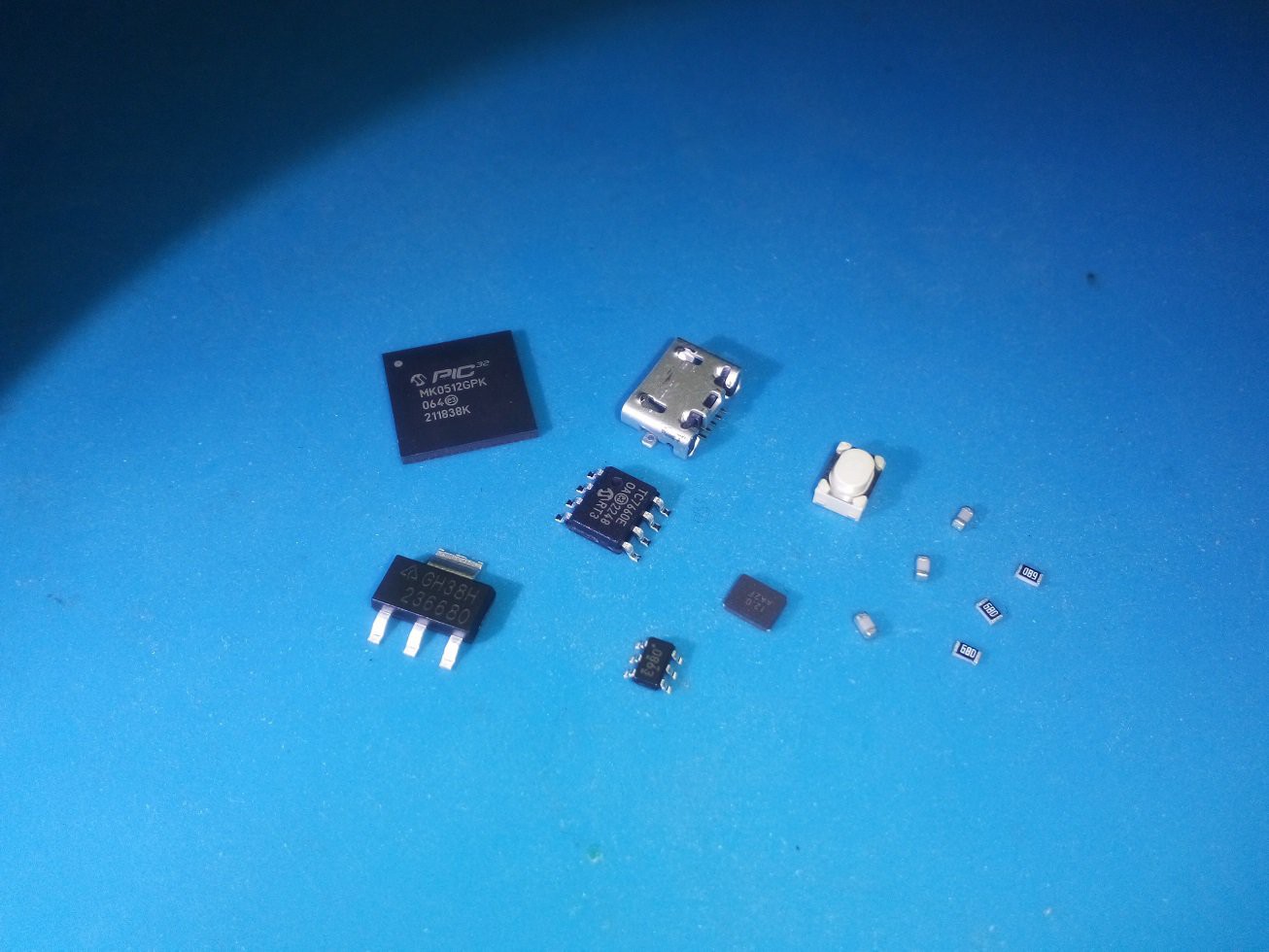
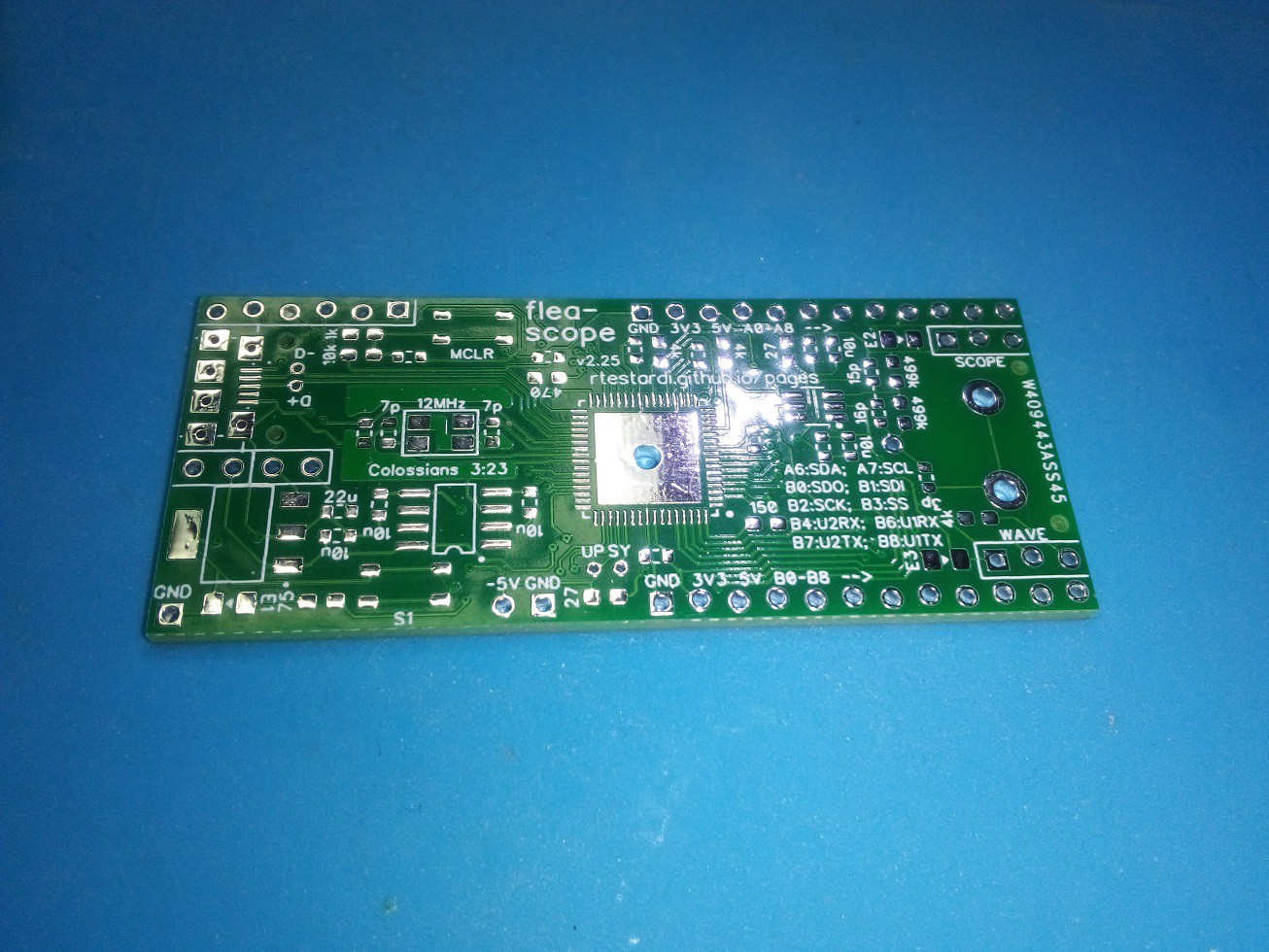
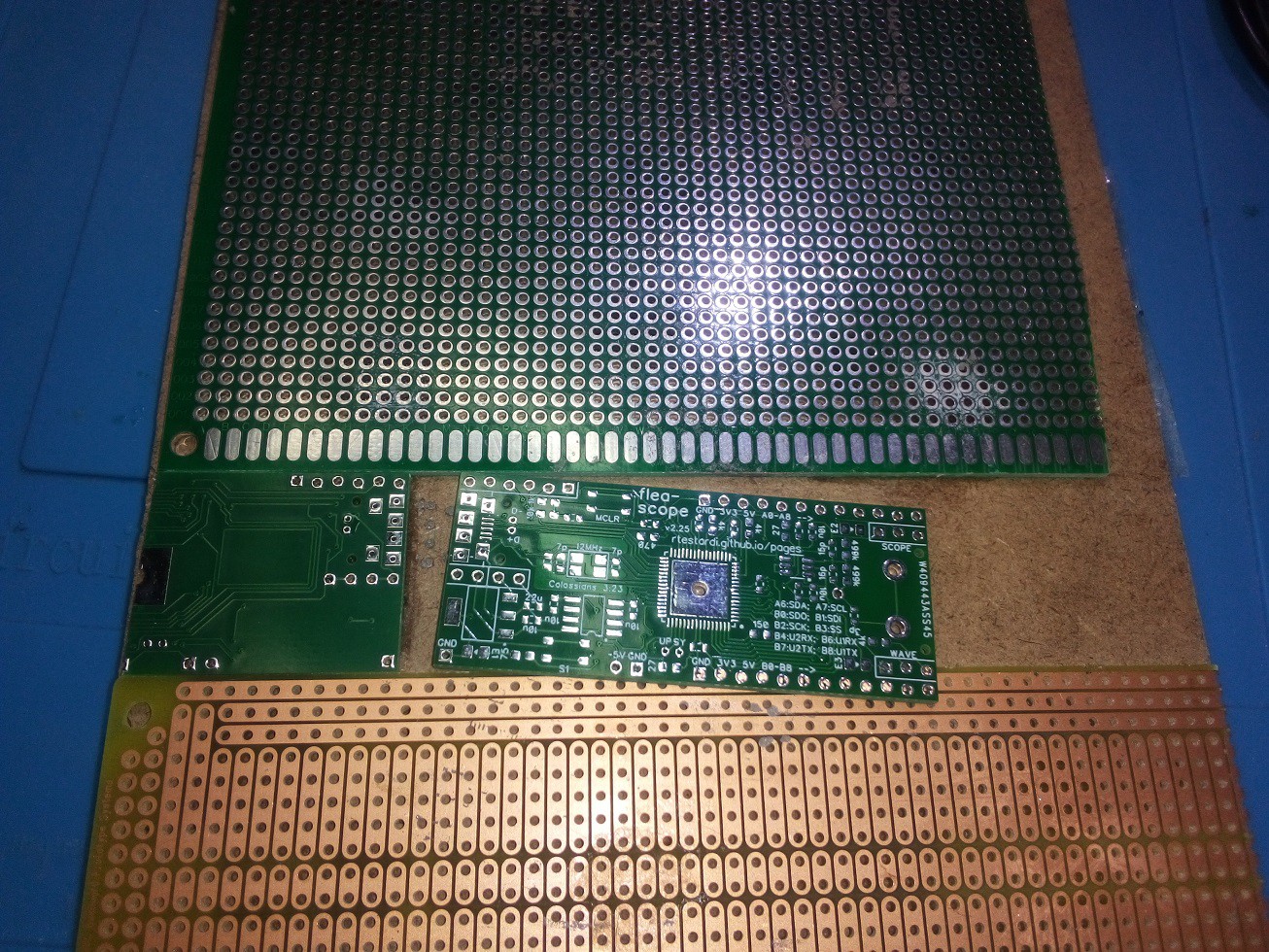
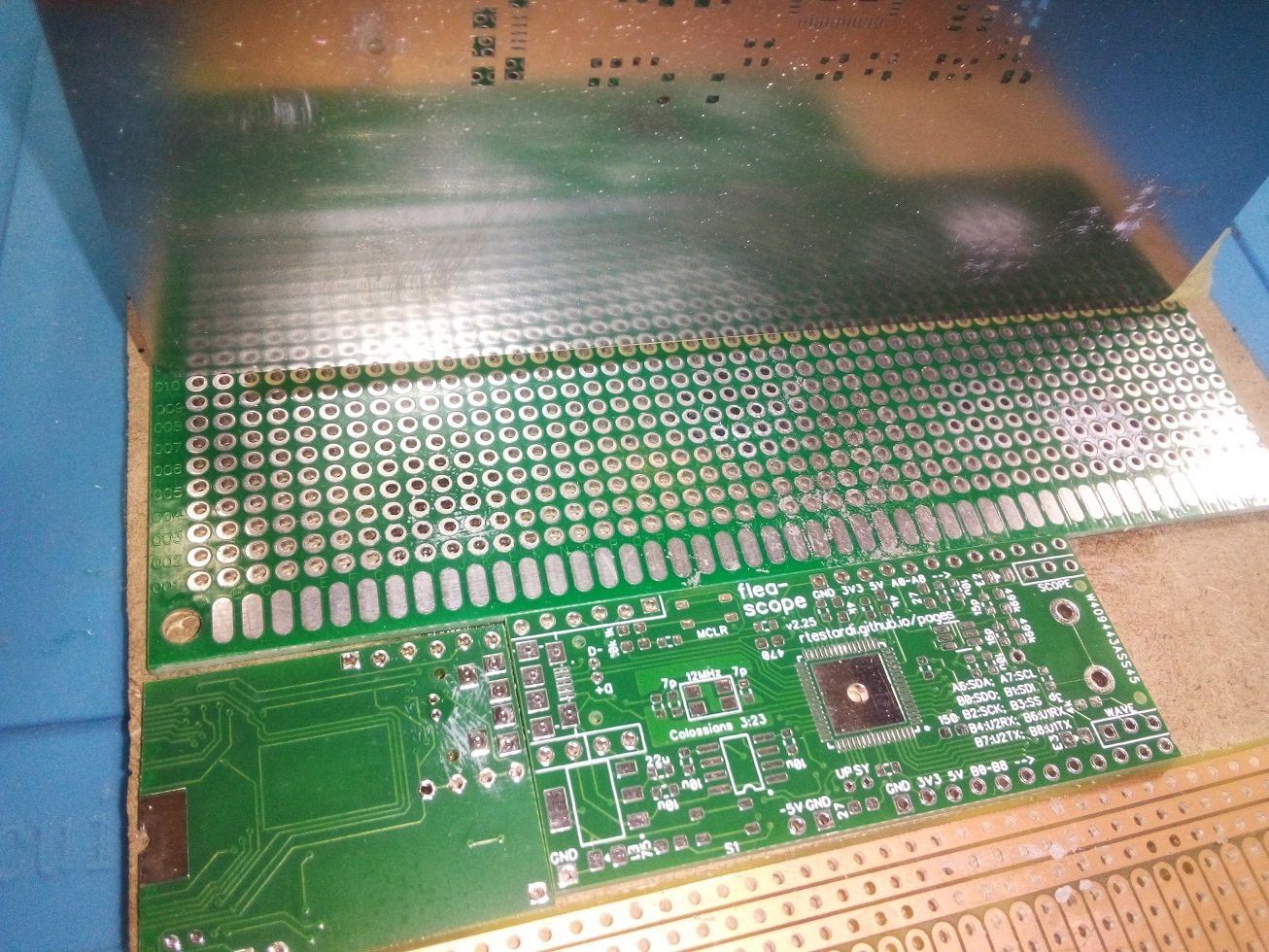
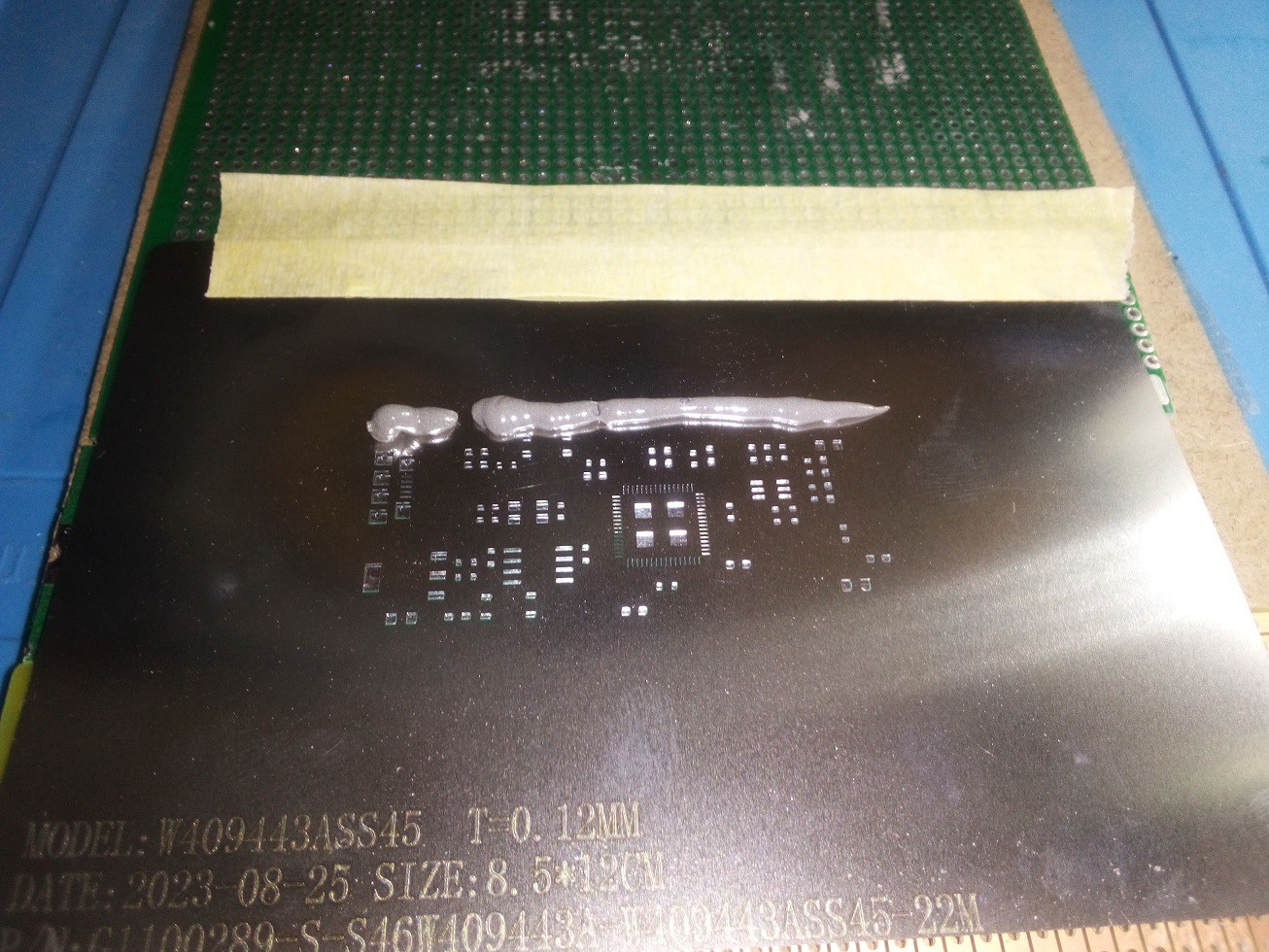
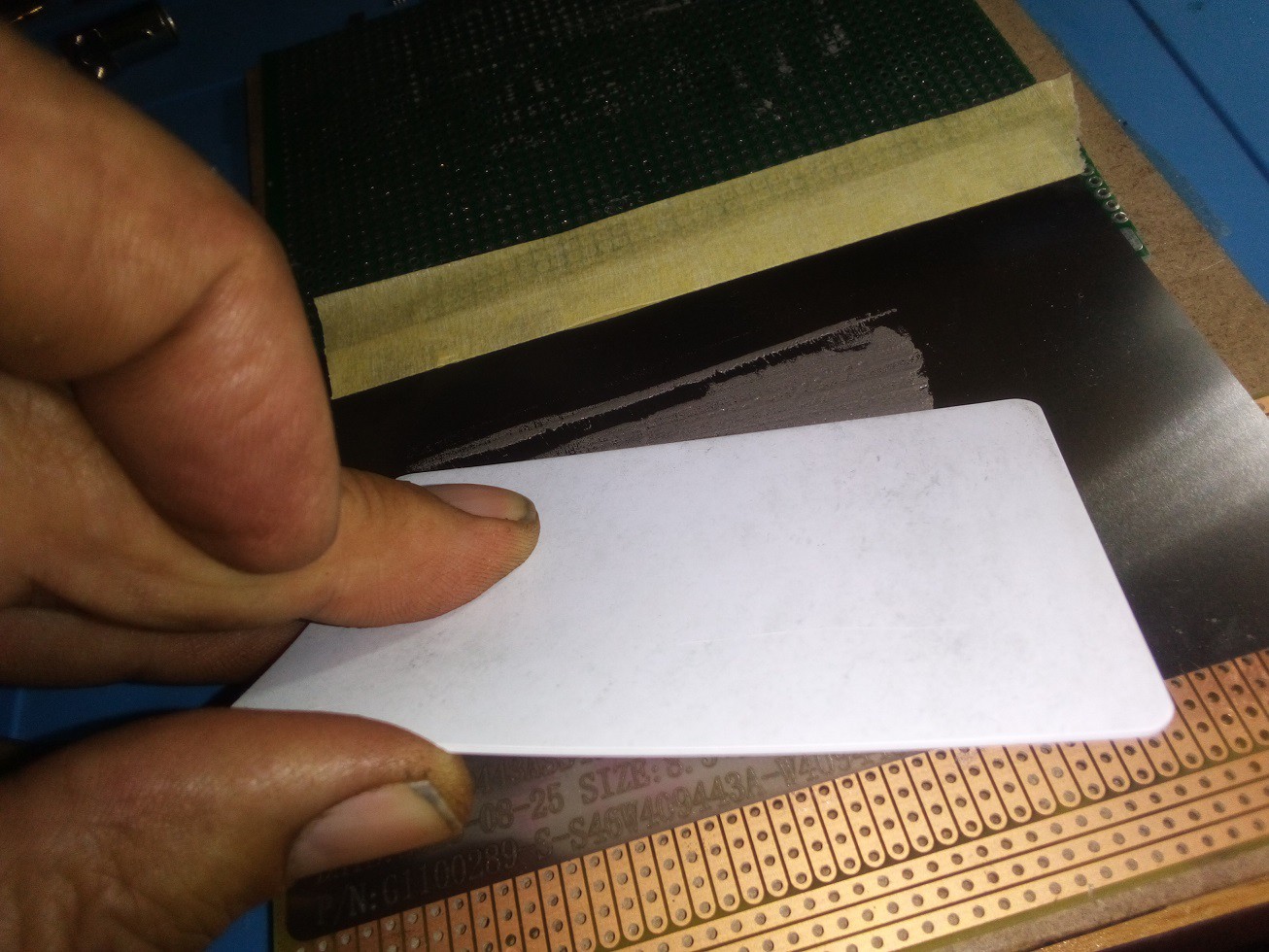
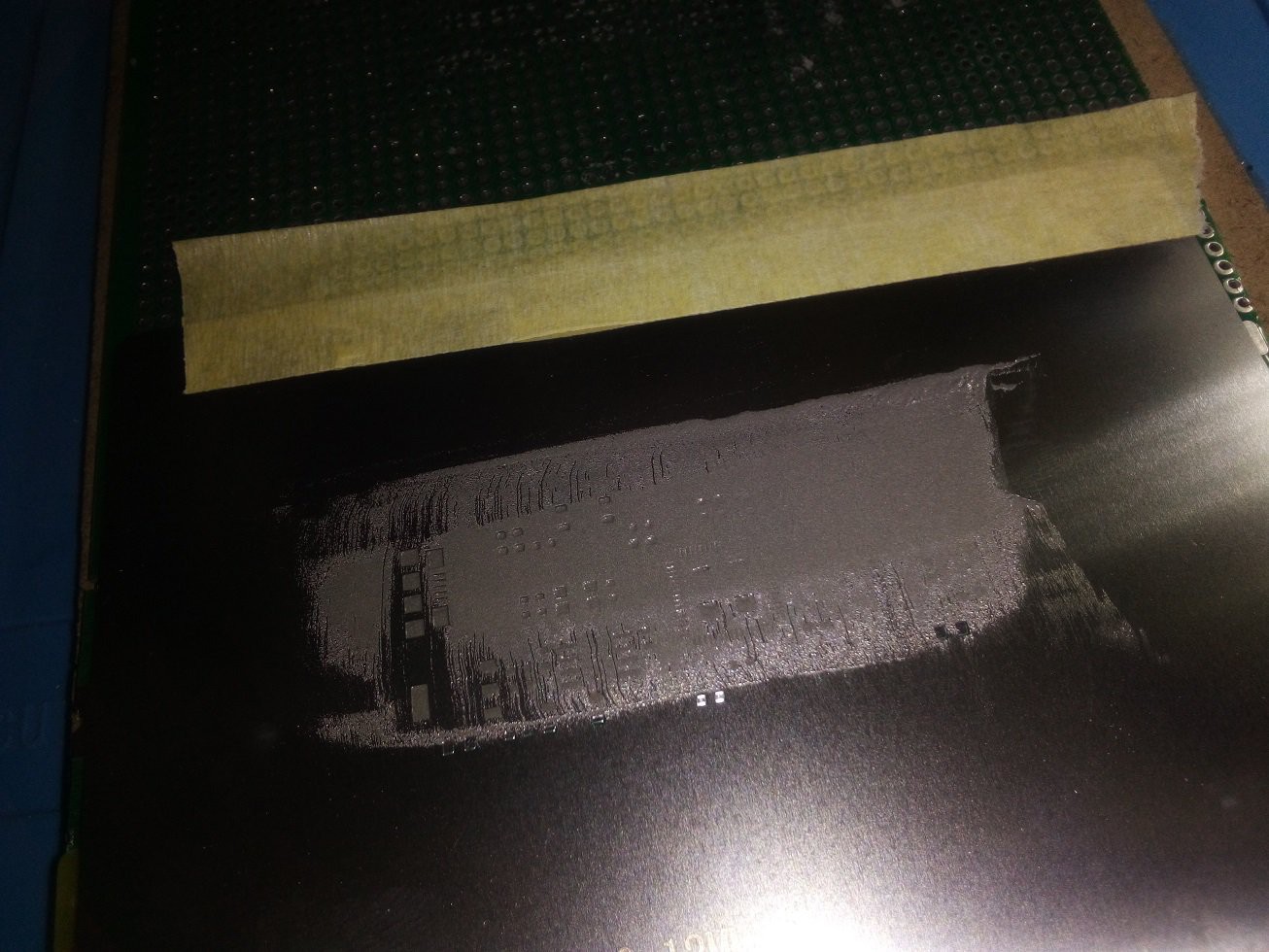
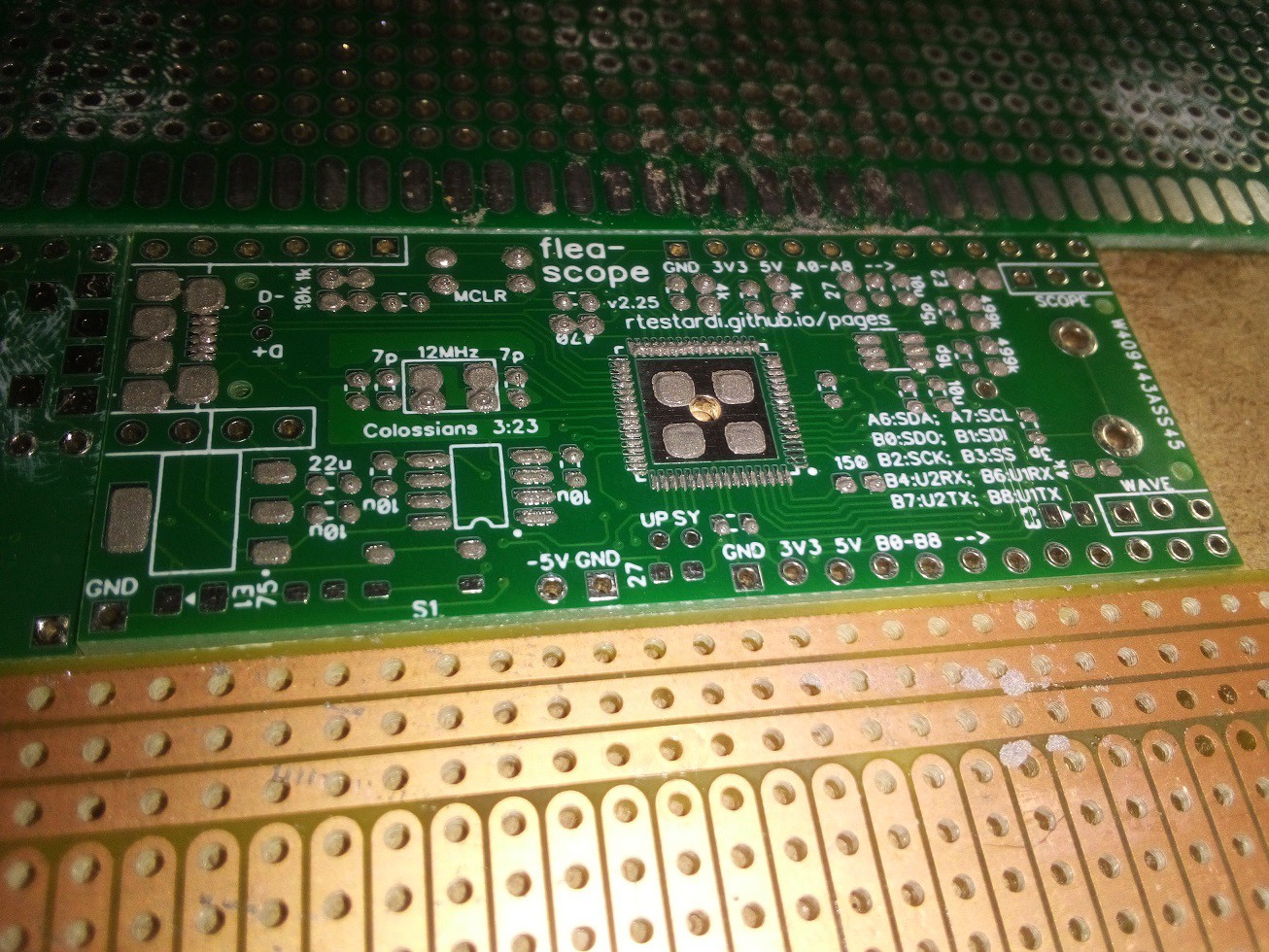
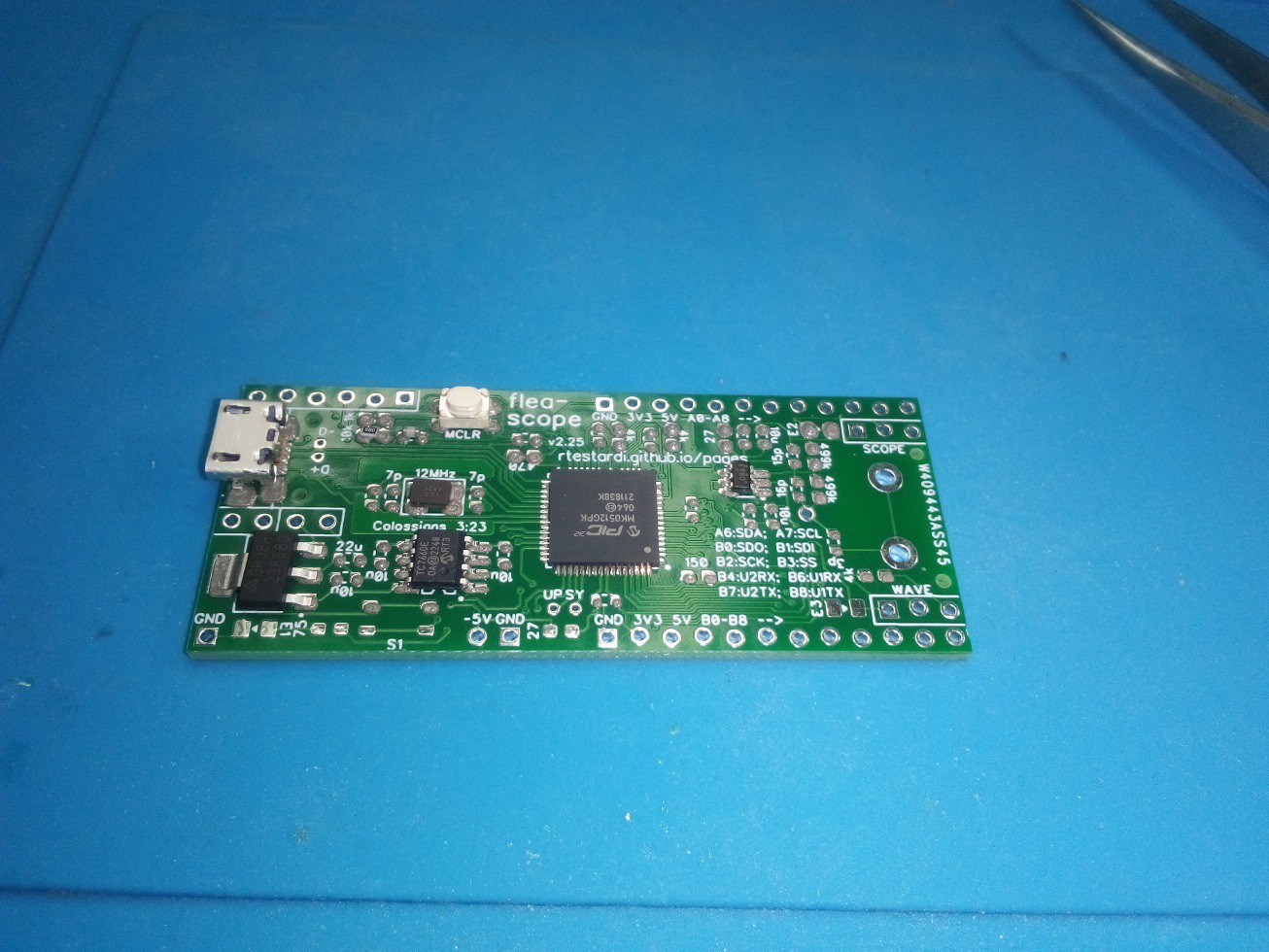
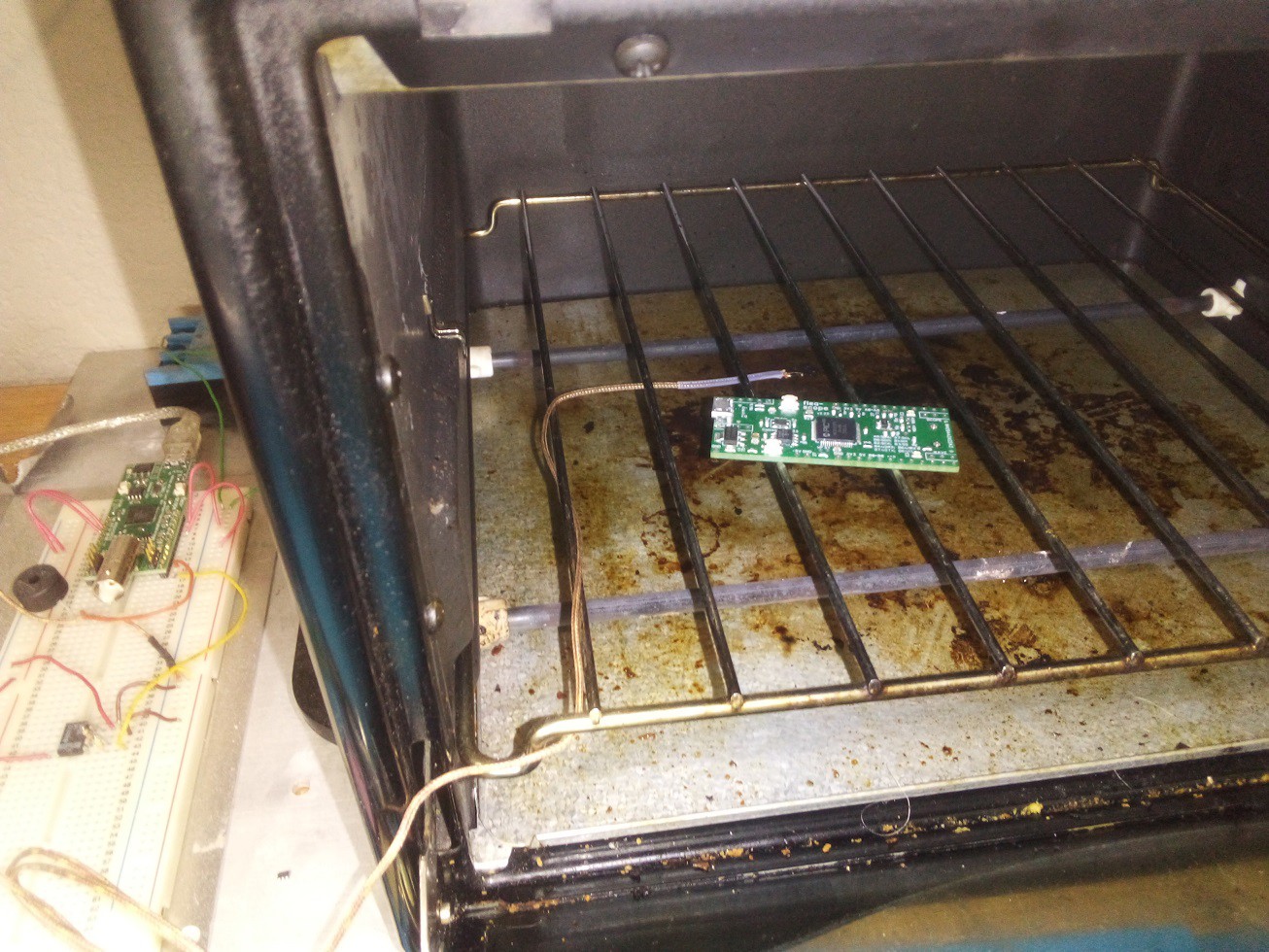


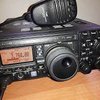


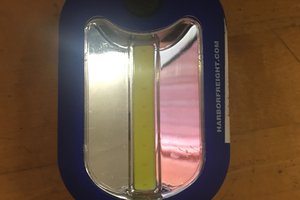
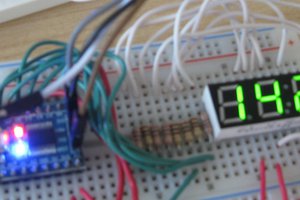
 Andrew Clapp
Andrew Clapp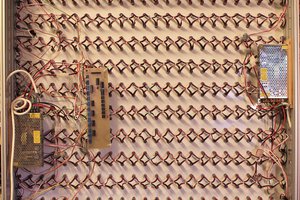
 Yann Guidon / YGDES
Yann Guidon / YGDES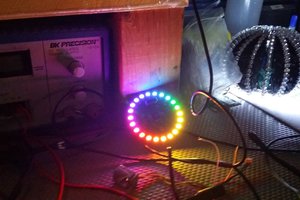
 charliex
charliex
@Richard Testardi Awesome ! Just got my two Flea-Scopes . Now I have to figure out how to link them together for a dual channel setup hooked into an Raspberry Pi 5.
My goal is a highly mobile i2c debugging Cyber Deck. The two scopes are in a smaller project box with either standard USB cable or extended USB over Ethernet (200') that runs back to the RPi-5 that's mounted in a Pelican type case.